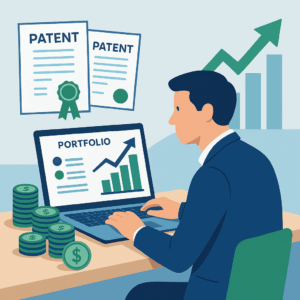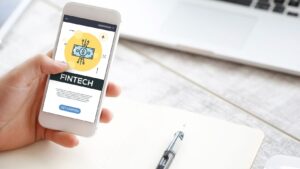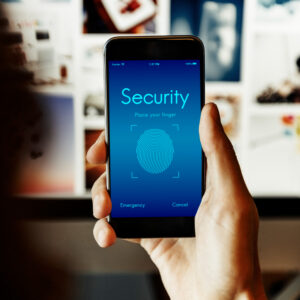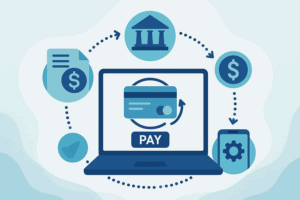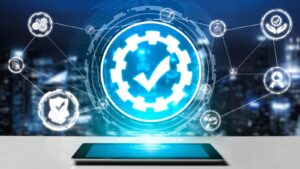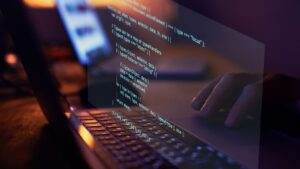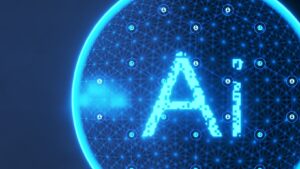
The landscape of personal health management has undergone a remarkable transformation with the emergence of sophisticated sleep monitoring applications. What began as simple alarm clock replacements have evolved into comprehensive sleep health ecosystems that offer unprecedented insights into our nightly rest patterns.
The ability to access detailed information about sleep architecture, combined with personalized recommendations and sleep sounds designed to enhance rest quality, has empowered individuals to take a more active role in their sleep health than ever before.
The Evolution of Sleep Monitoring Technology
The journey from basic sleep trackers to today’s advanced monitoring systems represents a fascinating convergence of sensor technology, algorithm development, and user experience design. Early sleep apps relied primarily on accelerometer data, detecting movement as a proxy for sleep states. The current generation of sleep monitoring applications leverages multiple data streams to construct increasingly accurate models of individual sleep patterns.
Multi-sensor Integration Approaches
Today’s leading sleep applications integrate data from various sources to build a more complete picture of sleep health:
- Motion detection – Advanced accelerometers can distinguish between different types of movement associated with various sleep stages
- Audio analysis – Microphone inputs capture breathing patterns, snoring episodes, and environmental disturbances
- Heart rate variability – Fluctuations in cardiac rhythm provide insights into autonomic nervous system activity during sleep
- Temperature variation – Subtle changes in body temperature correspond to different phases of the sleep cycle
- Ambient light detection – Environmental light conditions affect sleep quality and are now factored into holistic analysis
- Respiration patterns – Breathing rate and depth correlate strongly with sleep stages and potential disruptions
This multi-modal approach has transformed sleep monitoring from a novelty into a legitimate health tool with meaningful applications for both wellness optimization and clinical support.
Beyond Data Collection: The Analytical Revolution
The true power of modern sleep applications lies not in their ability to collect data, but in how they analyze and contextualize that information. Advanced algorithmic processing transforms raw sensor inputs into actionable insights that can guide meaningful changes in sleep behavior and environment.

The development of machine learning models trained on vast sleep datasets has enabled increasingly sophisticated pattern recognition. These systems can identify subtle correlations between daytime behaviors and nighttime sleep quality that would remain invisible to even the most attentive human observer. For instance, some applications can now detect associations between exercise timing, caffeine consumption, screen exposure, and subsequent sleep architecture disruptions that manifest hours later.
Personalized Intervention Systems
Perhaps the most revolutionary aspect of advanced sleep applications is their evolution from passive monitoring tools to active intervention systems. Modern sleep apps don’t just tell you how you slept—they help you sleep better through personalized guidance based on your unique patterns.
This guidance typically manifests across several domains:
Chronotype Optimization
Leading applications now incorporate chronobiological principles to help users align their sleep schedules with their innate biological rhythms. Rather than promoting a one-size-fits-all approach to bedtimes and wake times, these systems identify individual chronotype profiles and suggest personalized timing strategies that work with—rather than against—natural inclinations.
Environmental Modification Prompts
Sensor data revealing environmental disruptors like noise, light, or temperature fluctuations triggers specific recommendations for modifying the sleep environment. These might include suggestions for optimal room temperature ranges, lighting adjustments, or the introduction of white noise to mask disruptive sounds.
Behavioral Intervention Recommendations
Perhaps most valuably, advanced sleep applications connect daytime behaviors with nighttime consequences. By establishing clear links between specific habits and measurable sleep outcomes, these systems make abstract sleep hygiene principles concrete and personally relevant.
When users can see direct correlations between late caffeine consumption and reduced deep sleep or between evening exercise and delayed sleep onset, abstract recommendations become compelling, actionable insights.
The Integration of Sound Therapy
Among the most effective intervention tools in modern sleep applications is the strategic use of audio to influence sleep architecture. Unlike general ambient noise, the sophisticated sound environments in leading applications are designed with specific neurological effects in mind.
Targeted Brainwave Entrainment
Advanced applications employ carefully constructed soundscapes designed to guide brainwave patterns toward frequencies associated with relaxation and sleep. Through subtle frequency modulation, these audio programs help facilitate the transition from alert beta waves to the calmer alpha patterns of early relaxation and eventually toward the theta and delta waves characteristic of deep sleep.
Adaptive Sound Environments
The most innovative sleep sound systems now respond dynamically to the user’s sleep state. Rather than playing static recordings, these adaptive systems adjust their audio characteristics based on real-time feedback from the user’s sleep data.
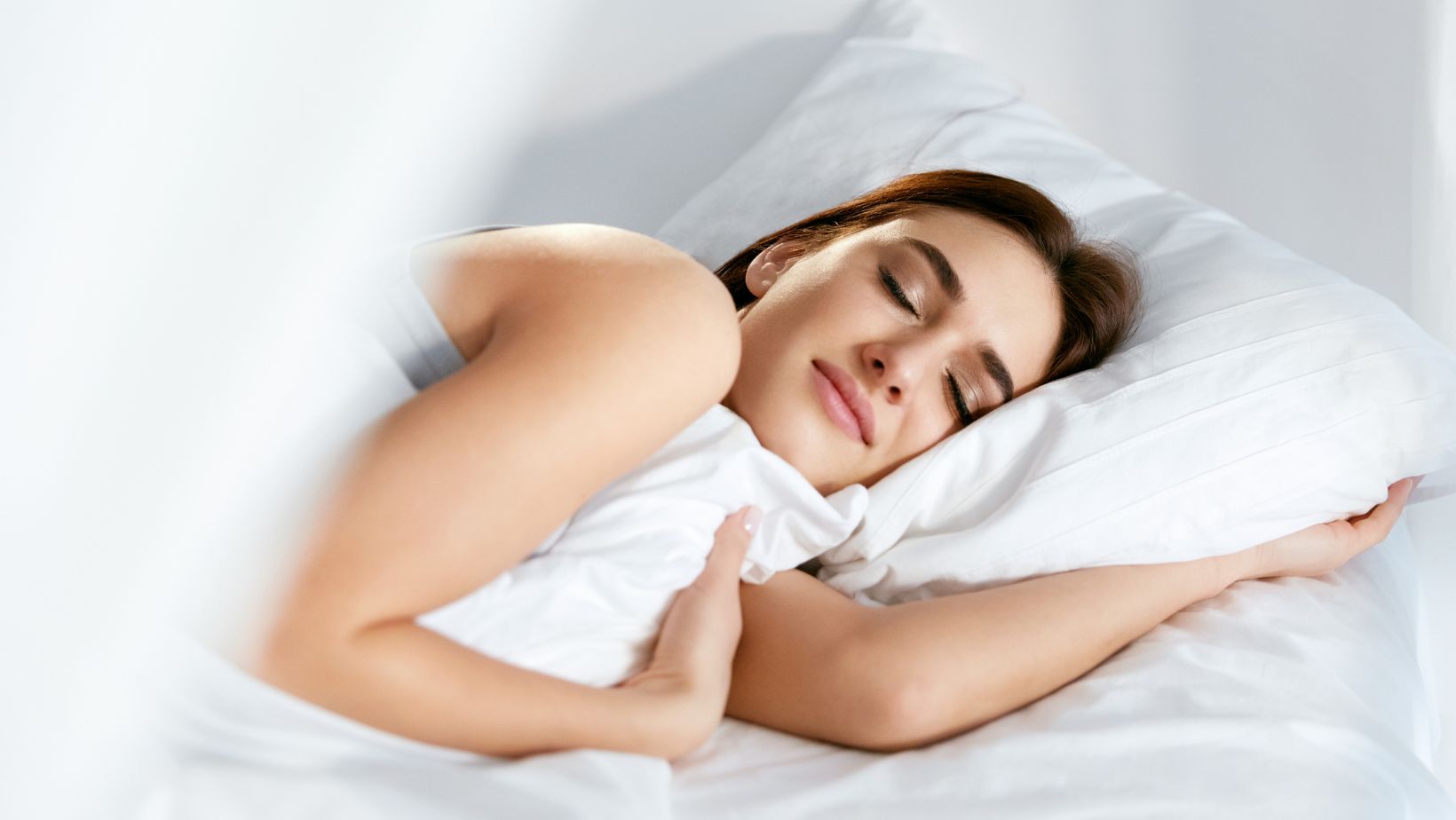
For example, if sensors detect that the user has entered a lighter sleep phase where awakening is more likely, the audio might subtly shift to include elements known to promote deeper sleep states. This closed-loop approach represents a significant advancement over traditional static sound machines or recordings.
Clinical Applications and Healthcare Integration
While consumer sleep applications began firmly in the wellness category, their increasing sophistication has attracted serious attention from healthcare professionals. The boundary between consumer sleep monitoring and clinical sleep assessment continues to blur as consumer technologies approach medical-grade accuracy.
Several leading sleep applications now offer healthcare provider portals where patients can share their longitudinal sleep data with physicians or sleep specialists. This connection offers clinicians unprecedented visibility into patients’ real-world sleep patterns, overcoming the limitations of traditional sleep assessments that rely heavily on subjective reporting or single-night laboratory studies.
Remote Screening and Triage
The widespread adoption of sleep monitoring applications has created new opportunities for large-scale sleep disorder screening. Some healthcare systems now use data from consumer sleep applications as a first-line screening tool to identify patients who might benefit from more comprehensive sleep evaluations.
This approach allows for a more efficient allocation of specialized sleep medicine resources by helping identify the subset of patients most likely to have clinically significant sleep disorders requiring intervention.
Privacy Considerations in Sleep Monitoring
The intimate nature of sleep data raises important privacy considerations that responsible applications must address. Information about when we sleep, how restlessly we move, and even what sounds we make during the night represents highly personal data requiring thoughtful protection.
The most trustworthy sleep applications implement rigorous data security measures while maintaining transparency about how user information is utilized and shared. Users should seek applications that clearly communicate privacy policies, provide granular control over data sharing, and implement strong encryption for both stored and transmitted information.
Conclusion
Sleep monitoring applications have evolved from curious novelties to sophisticated health tools that meaningfully impact how we understand and approach rest. By transforming sleep from an unexamined black box into a measurable, analyzable experience, these technologies empower users to make informed decisions about this vital aspect of health.
As sensor technology and algorithmic processing continue to advance, the boundary between consumer sleep technology and clinical sleep medicine will likely continue to blur, creating new opportunities for both wellness optimization and disorder management.




